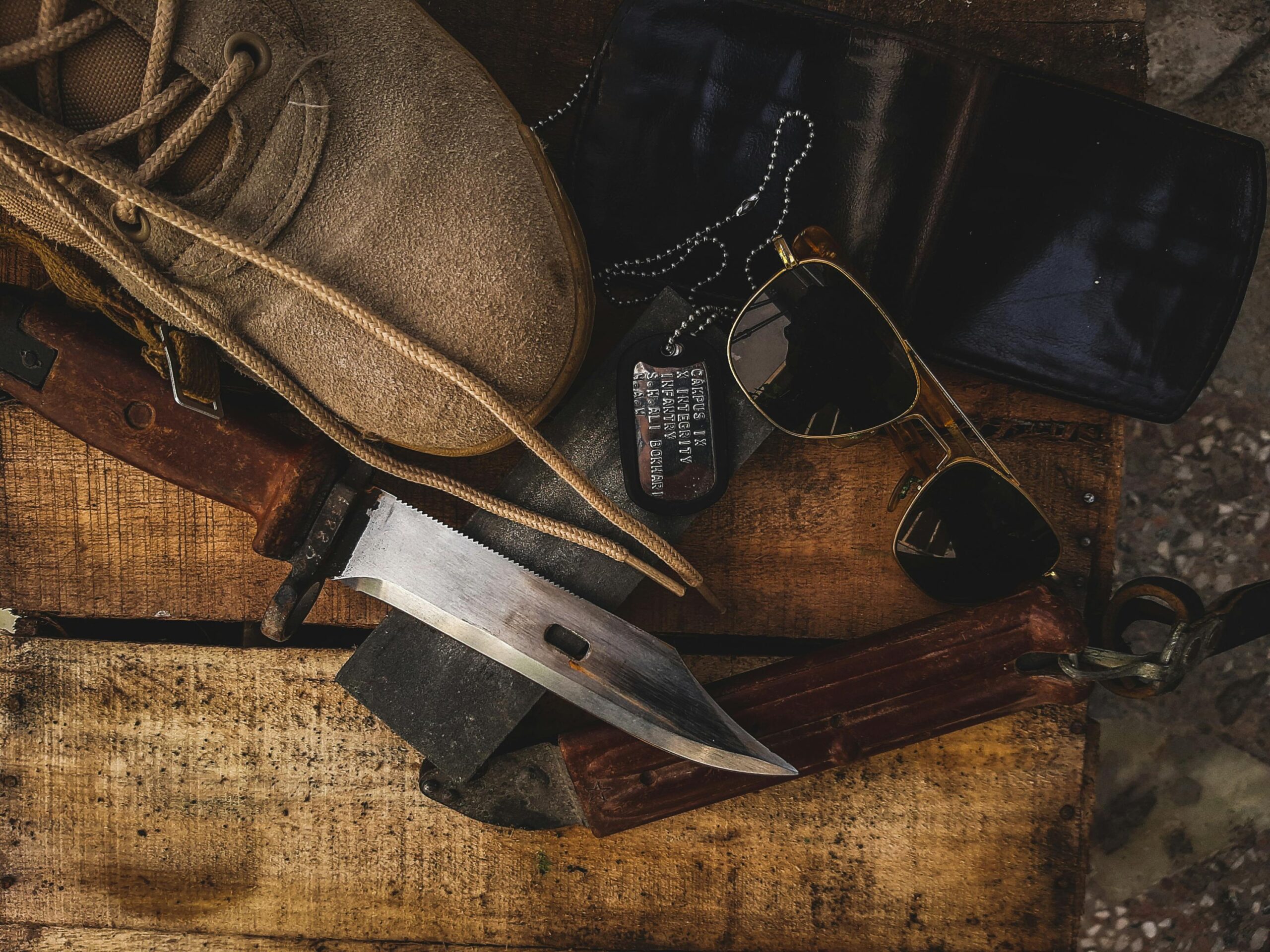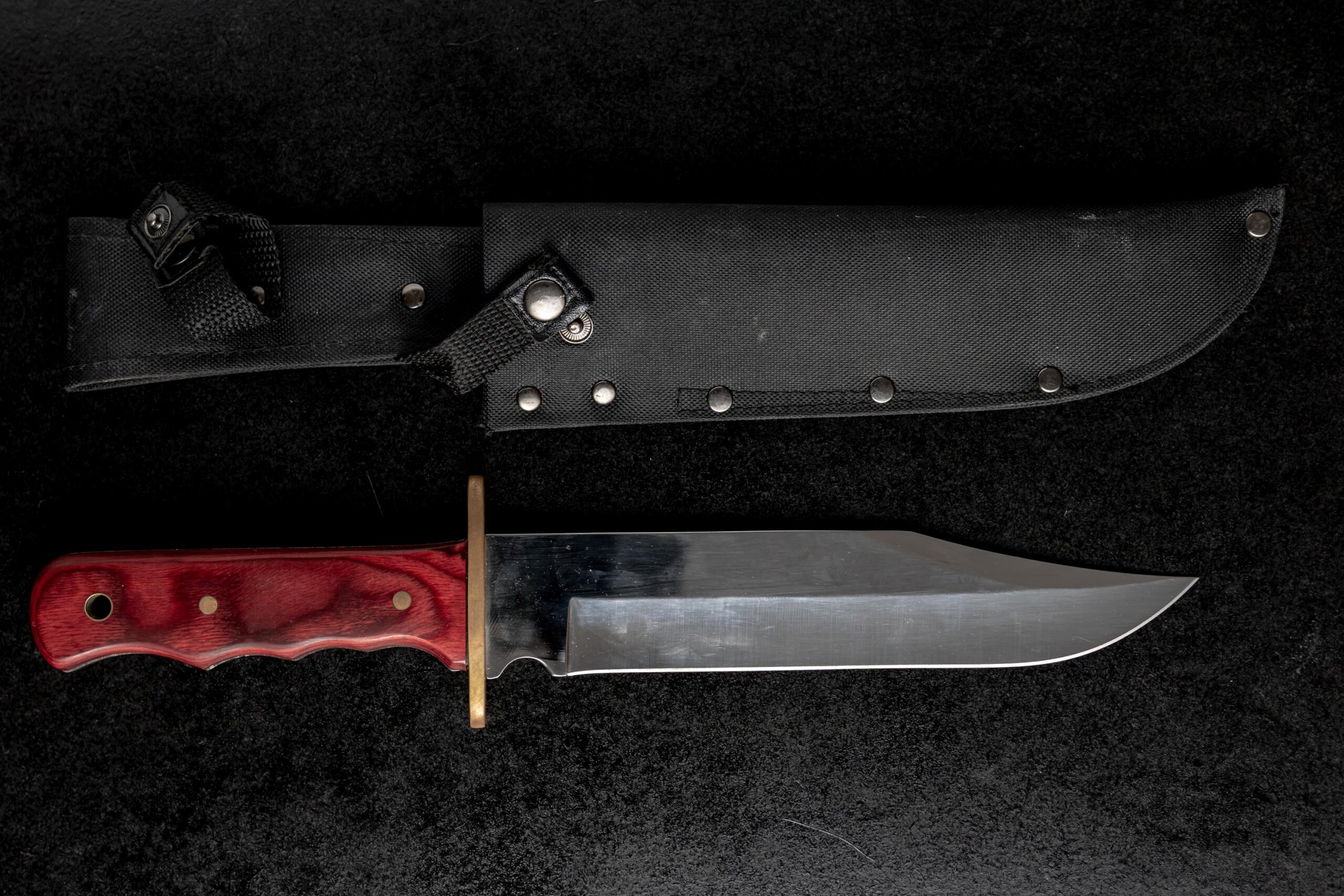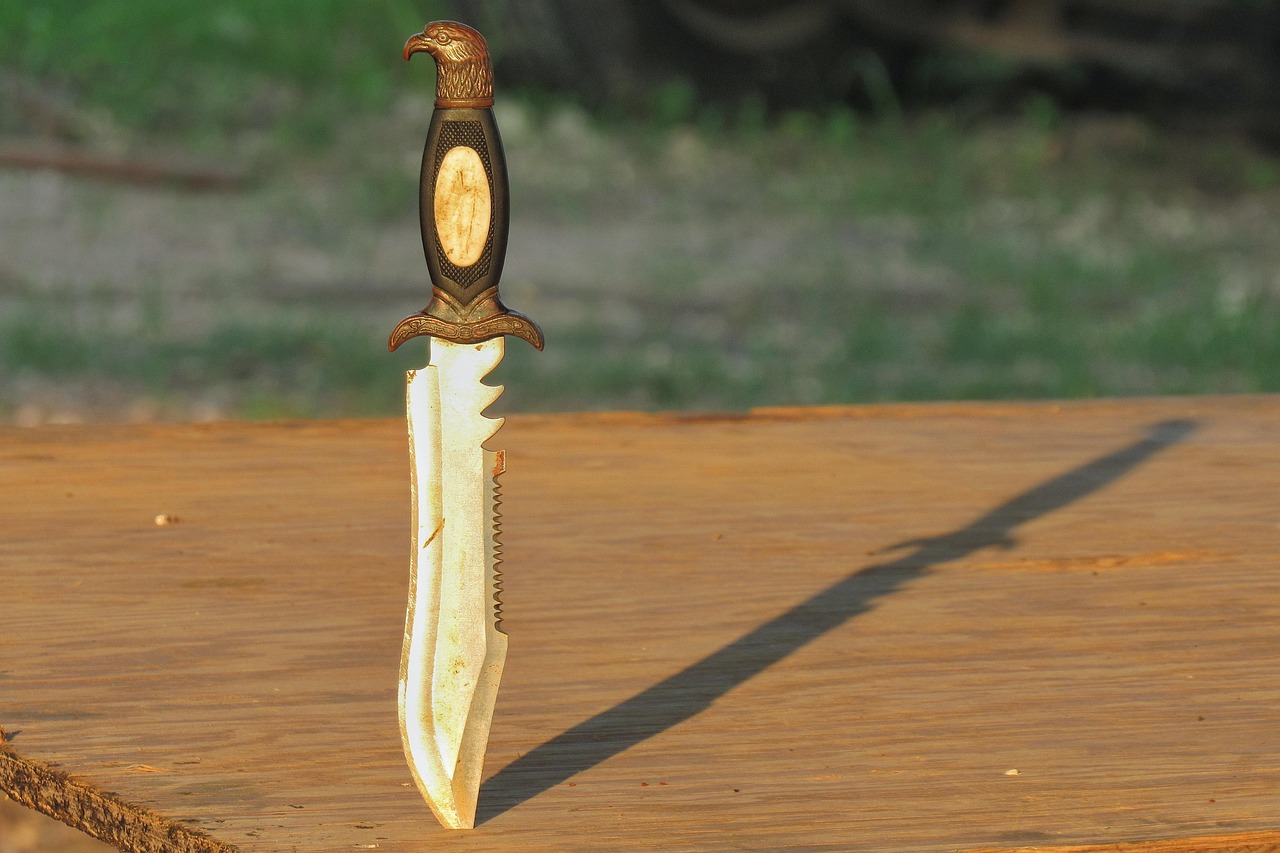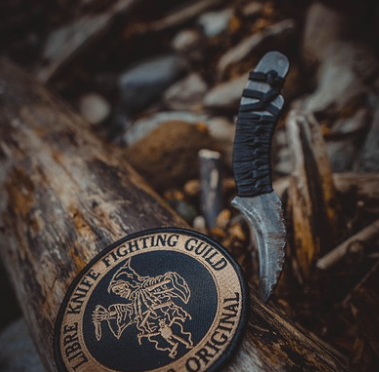Few knives blend historical legacy and enduring popularity like the Bowie knife. Defined by its large fixed blade, signature clip-point design, and sturdy guard, it stands out for both form and function.
Rising to fame in the early 1800s through frontiersman James Bowie, this iconic blade became a symbol of American resilience. Today, it remains a top choice—valued by outdoor enthusiasts for its utility in hunting and survival, and cherished by collectors for its rich heritage. For sellers, it’s more than a tool: it’s a timeless piece that bridges history and practicality.
What Is a Bowie Knife?
A Bowie knife is a type of large, fixed-blade knife. You can spot a Bowie knife by its unique look. Most Bowie knives have a clip-point blade, which means the tip curves down sharply. This design helps make precise cuts and is great for hunting and survival tasks.
Bowie knives are usually 8 to 12 inches long. The blade is thick and strong, making it good for tough jobs like chopping wood or skinning game. Some models can be even larger, but most sellers find 10-inch versions popular with outdoor users.
Here is a quick table showing common features:
| Feature | Details |
|---|---|
| Blade Length | 8 to 12 inches |
| Blade Shape | Clip-point |
| Edge Type | Often straight, sometimes serrated |
| Handle | Wood, bone, or synthetic |
| Use Cases | Hunting, camping, defense |
Bowie Knife Origin: History & Evolution

The Bowie knife goes back to the early 19th century. It became known after James Bowie used a large knife in a famous duel called the Sandbar Fight in 1827. His brother, Rezin Bowie, had helped design this blade for him. Today, the Bowie knife is known for its distinct look and lasting reputation as a fighting and utility knife.
Key Milestones:
- 1827: The Sandbar Fight makes James Bowie and his knife famous
- 1830s: Blacksmiths across America start making Bowie knives
- Late 1800s: The blade transforms in shape for hunting and survival
At first, Bowie knives had wide blades about 8 to 12 inches long. Many early knives featured a clip point, which makes the tip thinner and sharper. With time, the blade shapes and handle materials changed to suit different needs.
Because of its solid build and sharp edge, the Bowie knife became an icon on the American frontier. Early versions were often crafted from high-carbon steel for strength and edge retention.
Many modern Bowie knives keep the classic look but use new materials like stainless steel. Collectors and outdoorsmen value these knives for both style and utility. Sellers can highlight that the Bowie knife is not just a blade—it’s part of American culture, cherished by many across generations.
Advantages of the Bowie knife
- Versatility: Excels across hunting, survival, and tactical tasks, reducing the need for multiple tools.
- Durability: Sturdy steel blades and reinforced handles withstand heavy use in rugged environments.
- Cultural Significance: A symbol of frontier resilience, cherished by history buffs and collectors for its heritage.
Buy Wholesale Knives and Start Scaling up with Us Today
Contact us and connect with a sales rep to get a free quote.
Disadvantages of the Bowie knife
- Portability Challenges: Its large size (often 8+ inches) and weight make it less convenient for casual, everyday carry.
- Legal Restrictions: Many regions regulate blade length (typically limiting public carry to 3–5 inches), restricting practical use in urban areas.
What Is a Bowie Knife Used For?

Hunting & Field Dressing
Ideal for hunters, its long, sharp blade efficiently dispatches game and simplifies field dressing—skinning hides, trimming meat, and separating joints with precision, especially for large game like deer or wild boar.
Self-Defense & Tactical Use
In 19th-century frontier settings, where law enforcement was scarce, it served as a critical self-defense tool. Its size delivers powerful cutting force, while the crossguard adds control in close encounters with threats, human or animal.
Survival & Outdoor Tasks
Essential for campers and survivalists: cutting firewood, building shelters, preparing food, or clearing brush. Its all-in-one design thrives in backcountry scenarios where versatility is key.
Collecting & Heritage
Vintage Bowie knives (especially 1800s originals) and modern custom designs (featuring Damascus steel or unique handles) are highly sought-after. Collectors prize them for craftsmanship, historical ties, and unique aesthetic variations.
Buy Wholesale Knives and Start Scaling up with Us Today
Contact us and connect with a sales rep to get a free quote.
Conclusion
A Bowie knife stands out for its large, fixed blade, usually featuring a clip-point. This shape helps you make deep, clean cuts with control. Most blades measure 8-12 inches long, making them ideal for outdoor use.
If you plan to sell knives, knowing the Bowie knife’s features is key. Buyers in Europe and America often look for tools with both historical value and practical uses. The design combines toughness, a sharp tip, and a strong handle, appealing to hunters and collectors.
Popular uses include hunting, camping, and display. The blade style also inspired newer survival and combat knives over time. People choose these knives for their balanced mix of function and craftsmanship.
Sellers who keep these details in mind can satisfy more buyers. Knife fans often prefer Bowies for their unique blend of history and utility.
If you’re ready to expand your knife business or launch a new line, you can request a quote for OEM, private label, or wholesale options tailored to your needs.
Frequently Asked Questions
Is Bowie knife a good fighting knife?
A Bowie knife was originally designed for combat. Its long, sharp blade and sturdy construction make it effective for close-quarters fighting. The clip-point tip is excellent for thrusting. Many American frontiersmen used it both for defense and survival tasks. Its history in duels and self-defense shows its reputation as a strong fighting tool.
How do you identify an original Bowie knife?
Identifying an original Bowie knife takes some knowledge. Look for knives made in the early 1800s, often crafted by blacksmiths like James Black. Originals often show hand-forged features, unique blade shapes, and aging signs like wear or historic maker’s marks. You may also notice quality materials, such as carbon steel and real wood or bone handles.
Where can you find a Bowie knife for sale?
You can find Bowie knives at specialty knife stores, trusted online shops, auctions, and gun shows. Some websites focus on high-quality or antique blades, while others sell modern versions for outdoor use. It’s a good idea to shop from well-known dealers to avoid fakes.
What should you look for when choosing the best Bowie knife?
When picking a Bowie knife, focus on the blade length, which usually ranges from 8 to 12 inches. Check the steel quality, wanting high-carbon for durability. Handle material matters for grip, with options like wood or micarta. Blade balance, tang construction (full tang is best), and weight are also important.







